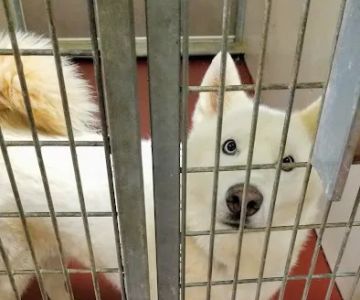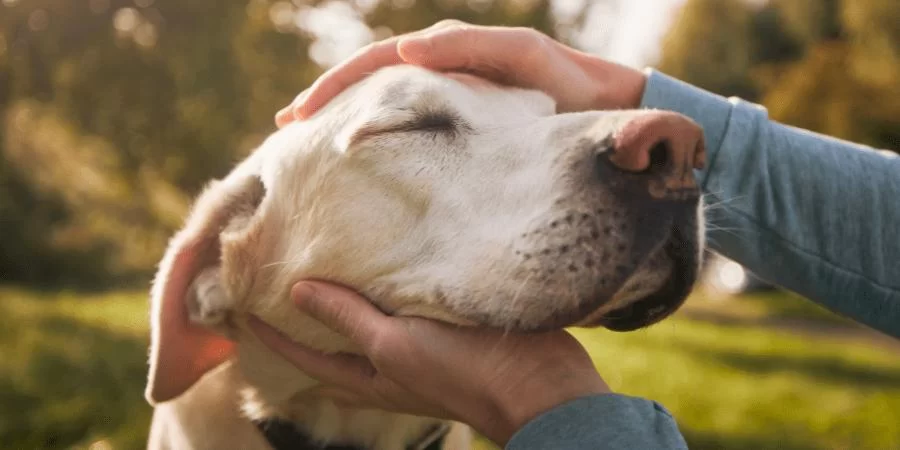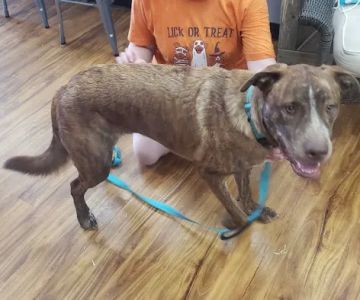Senior Pet Food: A Guide to Keeping Your Older Pet Healthy
- Understanding Senior Pet Nutrition
- Why Senior Pet Food Is Different
- Key Ingredients in Senior Pet Food
- How to Choose Senior Pet Food
- Real-Life Examples of Senior Pet Nutrition
- Visit Hidden Brook Veterinary for Expert Advice
Understanding Senior Pet Nutrition
As our pets grow older, their nutritional needs change. Senior pets, typically aged 7 and above, require a special diet that supports their aging bodies, maintaining joint health, cognitive function, and overall vitality. Older pets may experience a slowing metabolism, dental issues, or reduced activity levels, which can all affect their dietary needs. Proper nutrition is key to ensuring they stay healthy and active throughout their golden years.
Why Senior Pet Food Is Different
Senior pet food is formulated specifically to address the unique health challenges older pets face. These diets generally contain higher levels of fiber to aid digestion, lower levels of calories to prevent obesity, and ingredients that support joint and brain health. The right senior pet food can help manage weight, promote healthy skin and coat, and even slow down cognitive decline.
1. Joint Health
Many senior pets suffer from arthritis and joint pain. Senior pet food often includes glucosamine and chondroitin to promote joint health and reduce inflammation, helping your pet stay active and comfortable.

845 W Ridge Rd, Gainesville, GA 30501, USA
See Details2. Weight Management
As pets age, their metabolism naturally slows down. Senior pet food typically has fewer calories to help prevent weight gain, which is crucial for preventing obesity-related conditions like diabetes and heart disease.
3. Cognitive Function
Brain function can decline as pets age, leading to confusion, anxiety, and memory loss. Senior pet food may include ingredients like DHA (Docosahexaenoic acid) and antioxidants to support cognitive health and slow down age-related decline.
Key Ingredients in Senior Pet Food
When choosing the right food for your senior pet, it’s important to focus on the key ingredients that will provide the necessary nutrients for optimal health. These ingredients are specifically chosen to meet the needs of aging pets:
1. High-Quality Protein
Protein is vital for maintaining muscle mass in senior pets. High-quality animal proteins, like chicken or turkey, are easier for older pets to digest and help preserve lean muscle as they age.
2. Omega Fatty Acids
Omega-3 and omega-6 fatty acids help reduce inflammation, promote healthy skin, and improve cognitive function. These fats can also help alleviate joint pain in senior pets suffering from arthritis.
3. Fiber
Fiber is essential for digestion, especially for older pets with slower metabolisms. Senior pet food often contains higher fiber levels to improve digestive health and prevent constipation.
4. Antioxidants
Antioxidants like vitamins E and C help support a senior pet’s immune system and fight oxidative stress, which can contribute to aging and degenerative diseases.
How to Choose Senior Pet Food
Choosing the right senior pet food can be overwhelming with so many options available. Here are a few tips to help you make the best decision:
1. Consult Your Veterinarian
Your vet knows your pet’s individual health needs and can provide guidance on the best food choices for your senior pet. They can help you navigate the options based on your pet’s health history, weight, and activity level.
2. Look for Age-Specific Formulas
Ensure that the food is formulated specifically for senior pets. Many brands offer specialized senior dog or cat food that addresses the health challenges of aging pets, such as joint pain, weight control, and cognitive health.
3. Choose High-Quality Ingredients
Look for food that lists real animal protein as the first ingredient and avoid fillers like corn or soy. High-quality ingredients ensure your pet is getting the nutrients they need without unnecessary additives.
Real-Life Examples of Senior Pet Nutrition
Let’s look at a couple of real-life examples to understand how proper nutrition impacts senior pets:
Example 1: Max the Labrador
Max, a 10-year-old Labrador, was showing signs of joint pain and reduced activity. His owners switched him to a senior-specific diet with glucosamine and chondroitin. Over time, Max became more active, enjoying longer walks and playing with his favorite toys again. His owners also noticed that he had more energy and his coat looked healthier.
Example 2: Bella the Siamese Cat
Bella, a 12-year-old Siamese cat, began experiencing cognitive decline, becoming confused and forgetful. Her owners switched her to a senior cat food containing DHA and antioxidants to support brain function. After a few weeks, Bella’s behavior improved, and she was once again interacting with her family and using her litter box correctly.











